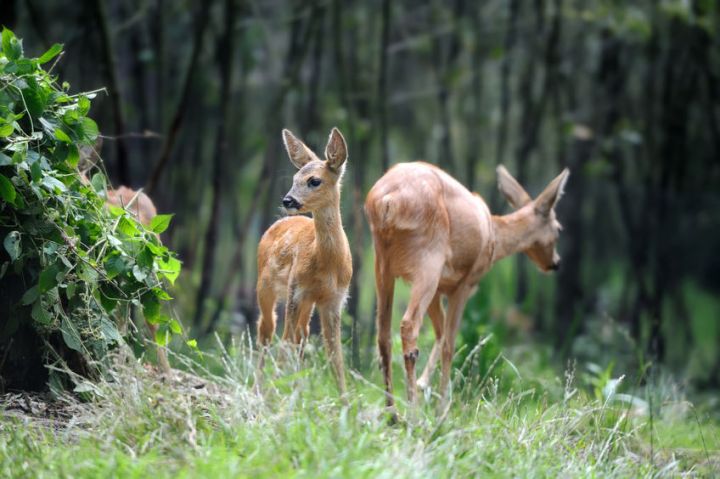
Snapshot Wisconsin, as the project has been named, is “an unprecedented effort to capture in space and time the deer, bears, elk, coyotes, bobcats, badgers, and any other wild animal that lumbers, hops, lopes or slithers across the Badger state,” according to the University of Wisconsin-Madison, the school leading the charge on this project. “Snapshot Wisconsin aims to provide one of the richest and most comprehensive caches of wildlife data for any spot on our planet.”
So far, over 500 motion-sensing cameras have been placed in strategic locations as part of the Snapshot Wisconsin initiative, which officially kicked off May 17, with more being added by volunteers over the coming months. About 5,000 cameras will be placed overall.
Some of you may be wondering how NASA plays into all of this, as were we when DT first came across the news. The answer actually makes a ton of sense, as each of the cameras being placed are equipped with GPS, and the data collected will be paired with NASA’s vast databank of satellite imagery and other potentially relevant data. This will allow researchers to monitor animal movements and migration habits in ways that were previously impossible.
A common way to track animal movements currently is by expensive plane flights, and this only works on larger animals who travel in groups or are easy to pick out from high altitudes. Another common tool is radio collars, but this requires capturing the animal. Snapshot Wisconsin could soon render such flights or collars obsolete.
The images will be collected every so often by volunteers and uploaded to Zooniverse, where the identification of the animals captured will be crowdsourced by more than 8,200 registered “citizen scientists” who have helped to identify and classify over 250,000 animals to date. One of the biggest holes in our observation of animals over the years has been out inability to truly track their movements across a range area to the level that this project will make possible.
Editors' Recommendations
- You can help teach NASA rovers to explore Mars with the AI4Mars project
- Listen to the first-ever recording of a NASA rover driving on Mars
- Watch NASA’s video showing off its first-ever Mars aircraft
- Who is the third NASA astronaut currently on board the space station?
- If you’ve ever dreamed of becoming an astronaut, apply to NASA now



